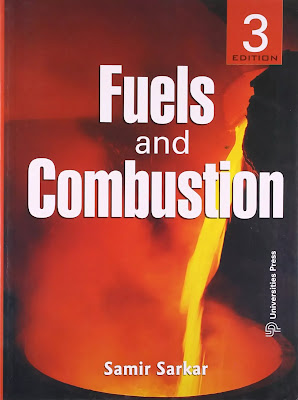ENERGY TECHNOLOGY(2170505)
Quick Revision IMP Notes
 |
| click here to download |
 |
| click here to download |
ENERGY TECHNOLOGY(2170505)
 |
| click here to download |
 |
| click here to download |
Handwritten Notes For this Subject ..
Read Here..
" Password: litebuk "
Downloading Links..
 |
| Click Here to Download |
 |
Password for download : n51b only from this server |
Organic Chemistry
Handwritten Notes For this Subject ..
Read Here..
" Password: litebuk "
Downloading Links..
 |
| Click Here to Download |
 |
Password for download : 9yir only form this server |
Handwritten Notes For this Subject ..
Read Here..
" Password: litebuk "
Downloading Links..
High Speed Download
 |
| Click Here to Download |
 |
Password for download : 5mxt only form this server |
Units & Dimensions
Dimensions & system of units, Fundamental and derived units, Unit
conversion and its significance, Dimensional consistency, Dimensional Equations
Basic Chemical Calculations
Concepts of atomic weight, equivalent weight and mole. Composition of
solids, liquids and solutions (weight percent, mole percent, molarity,
normality etc.), other expressions for concentration, Average molecular weight
and density, Gaseous mixtures, Ideal gas laws and its applications, Raoult’s
law, Henry’s law, Amagat’s Law & Dalton’s law, Humidity and Saturation
Material Balance without Chemical Reactions
Introduction, Process flow sheet, solving material balance problems
without chemical reactions of unit operations like Absorption and Stripping,
Distillation, Extractions and Leaching, Drying, Evaporation, crystallization,
Mixing/Blending, etc., Material balance of unsteady state operations, Material
balance with and without recycle; Bypass and Purge streams
Material balances with Chemical reaction
Concept of limiting and excess reactants, percentage conversion,
selectivity and yield. Material balance involving reactions with special
reference to fertilizers, petrochemicals, dyestuffs, electrochemical
industries. Complex material balances
Energy balances
Heat capacity of gases and gaseous mixtures, liquids & solids,
Sensible heat change in liquid & gases, enthalpy changes during phase
transformation, enthalpy changes accompanied by chemical reactions, standard
heat of reaction, Hess’s law, dissolutions of solids, Adiabatic reactions, heat
of solution by partial molar quantities
Fuel & Combustion
Types of fuels, calorific value of fuels, liquid fuels, gaseous fuel
etc. Proximate and ultimate analysis, combustion calculations, Air requirement
and flue gases.
Read Here..
" Password: litebuk "
Downloading Links..
High Speed Download
 |
| Click Here to Download |
 |
Password for download : 4eey only form this server |
Syllabus covers in this subject..
1.Physical Properties and Chemical Constitution of matter
Additive & Constitutive properties: Parachor, Viscosity, Dipole Moment, Molar Refraction, Optical activity, Magnetic properties. Preparation and theory of Solution: Mole Fraction, Normality, Molality, Molarity, Lowering of vapor pressure, Elevation of Boiling point, Depression of Freezing point, Osmosis & Osmotic pressure.
2.General Principle of Organic Reactions
Electronegativity, Electron Displacement Effect, Fission of Covalent Bond, Reactive Intermediate, Organic Species based on Carbon and Nitrogen, Types of Organic reaction and Mechanism.Handwritten Notes For this Subject ..
Read Here..
" Password: litebuk "
.
Downloading Links..
High Speed Download
 |
| Click Here to Download |
For the study of energy technology many books are available. among them the book by Samir Sarkar is best for referring topics like solid fuels, liquid fuels, Combustion process.
Fuels associate degreed Combustion could be a systematic and comprehensive work on a theme that forms an integral a part of the college boy degree courses in Chemical, Mechanical, metallurgic and aeronautic Engineering. whereas accentuation the elemental principles, the book provides a balanced treatment of energy resources, process of fuels, fundamentals of combustion and combustion appliances. The book takes a distinct approach by coping with the topics in associate degree Indian context. The third edition of the book features a fully new introduction, layout and design; new statistics are value-added to produce up-to-date info.
Read Full Book Here..
To download this Book Please click below
 |
| Google Drive Download |

Energy Technology For the study of energy technology many books are available. among them the book by Samir Sarkar is best for r...

Copyrights @ LiteBuk - Distributed By Copy Blogger Themes - Blogger Templates By Templateism